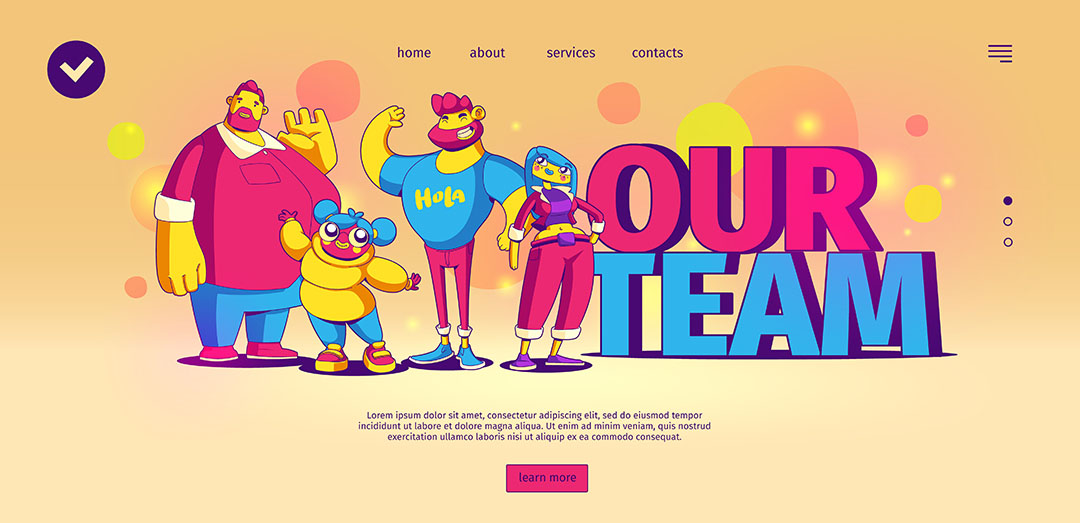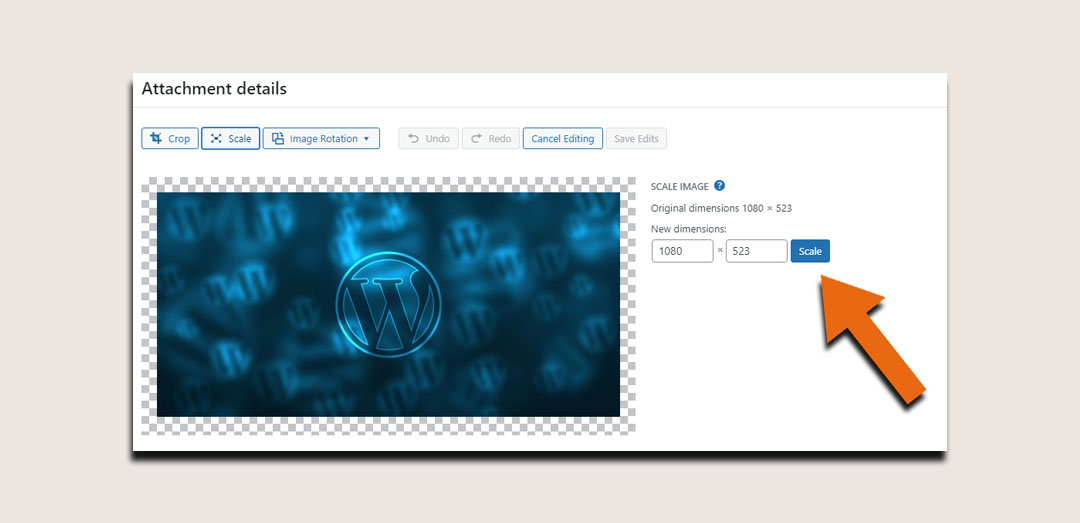In the dynamic realm of web design, staying abreast of the latest trends is essential to create visually appealing and user-friendly websites. As we step into 2024, let’s explore the current cutting-edge trends shaping the digital landscape.
1. Dark Mode Dominance
Dark mode continues to gain popularity, providing users with a sleek and modern interface while reducing eye strain, especially in low-light conditions. Many websites and applications now offer a dark mode option, emphasizing the importance of user experience customization.
2. Neomorphism Takes Center Stage
A twist on skeuomorphism, neomorphism creates a digital design that mimics real-world elements. This trend involves subtle shadows and highlights, giving a tactile and realistic feel to buttons and interfaces. Neomorphic design adds depth without sacrificing the clean aesthetics of modern web design.
3. Bold Colors and Gradients
Vibrant and bold color schemes are making a comeback, replacing the minimalist color palettes of the past. Designers are experimenting with gradients and duotones to create visually striking and memorable websites. These lively color choices contribute to a more engaging user experience.
4. Microinteractions for Enhanced User Engagement
Microinteractions are subtle animations or design elements that respond to user actions. From button hover effects to interactive form elements, microinteractions provide feedback, making the user experience more intuitive and enjoyable. As attention to user engagement increases, so does the use of these small, impactful details.
5. 3D Elements and Illustrations
Advancements in web technologies have facilitated the integration of 3D elements into web design. From 3D graphics to interactive 3D models, this trend adds a new dimension to websites, creating a more immersive and visually appealing experience. 3D illustrations are becoming increasingly popular for storytelling and brand expression.
6. Scroll-triggered Animations
Scroll-triggered animations add a layer of dynamism to web pages. As users scroll, elements come to life, creating a narrative flow and guiding users through the content. This trend not only enhances storytelling but also adds an interactive element that keeps visitors engaged.
7. Responsive and Inclusive Design
With the prevalence of various devices and screen sizes, responsive design remains a fundamental aspect of web development. Moreover, the focus on inclusive design ensures that websites are accessible to users with diverse abilities. These trends underline the importance of creating digital experiences that are user-friendly and universally accessible.
In conclusion, the world of web design is in constant flux, with designers pushing boundaries and embracing innovation. Whether it’s through the use of emerging technologies or a renewed focus on user experience, the latest trends reflect a commitment to creating websites that captivate and engage audiences in 2023 and beyond. Stay tuned as the digital landscape continues to evolve, bringing forth new possibilities and inspirations for web designers around the globe.





